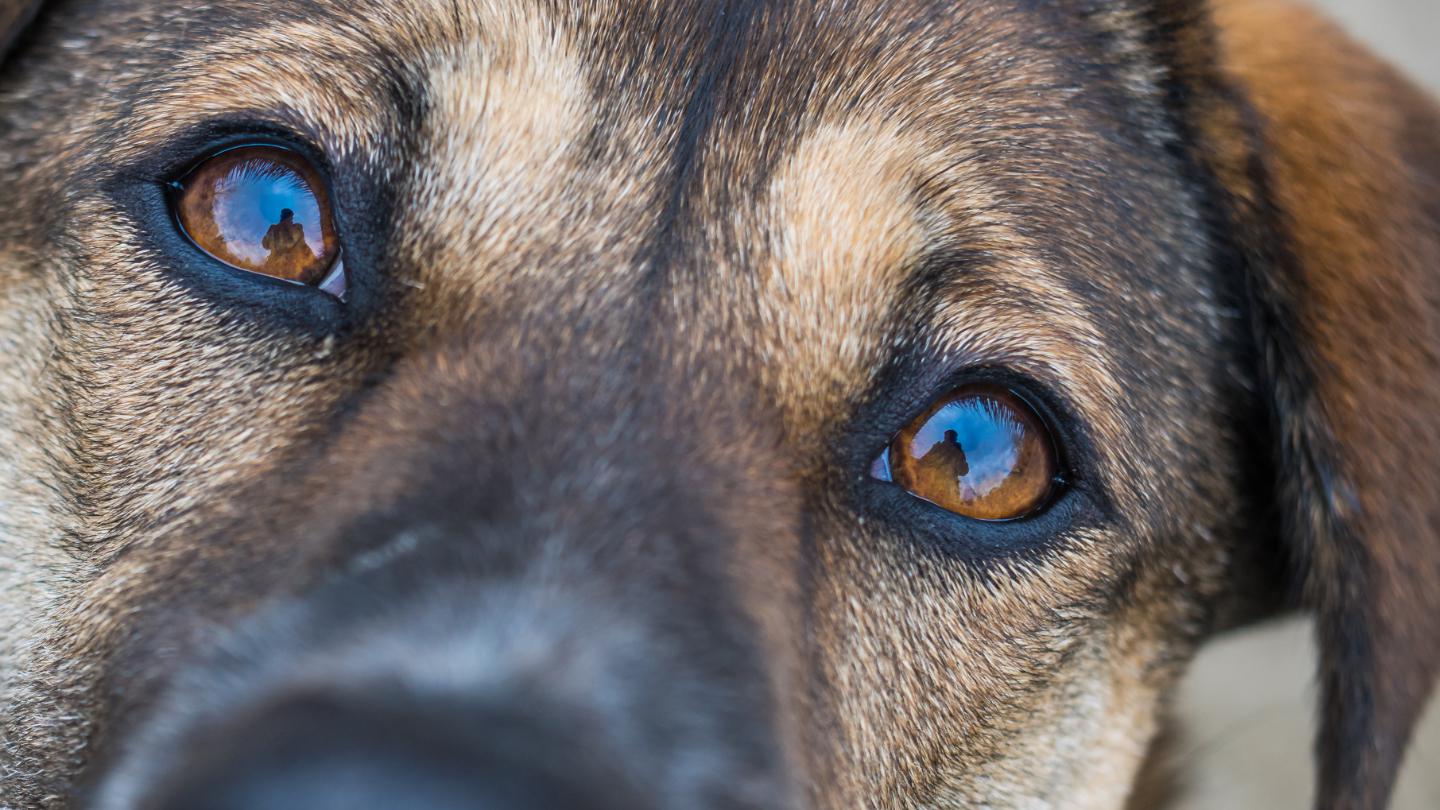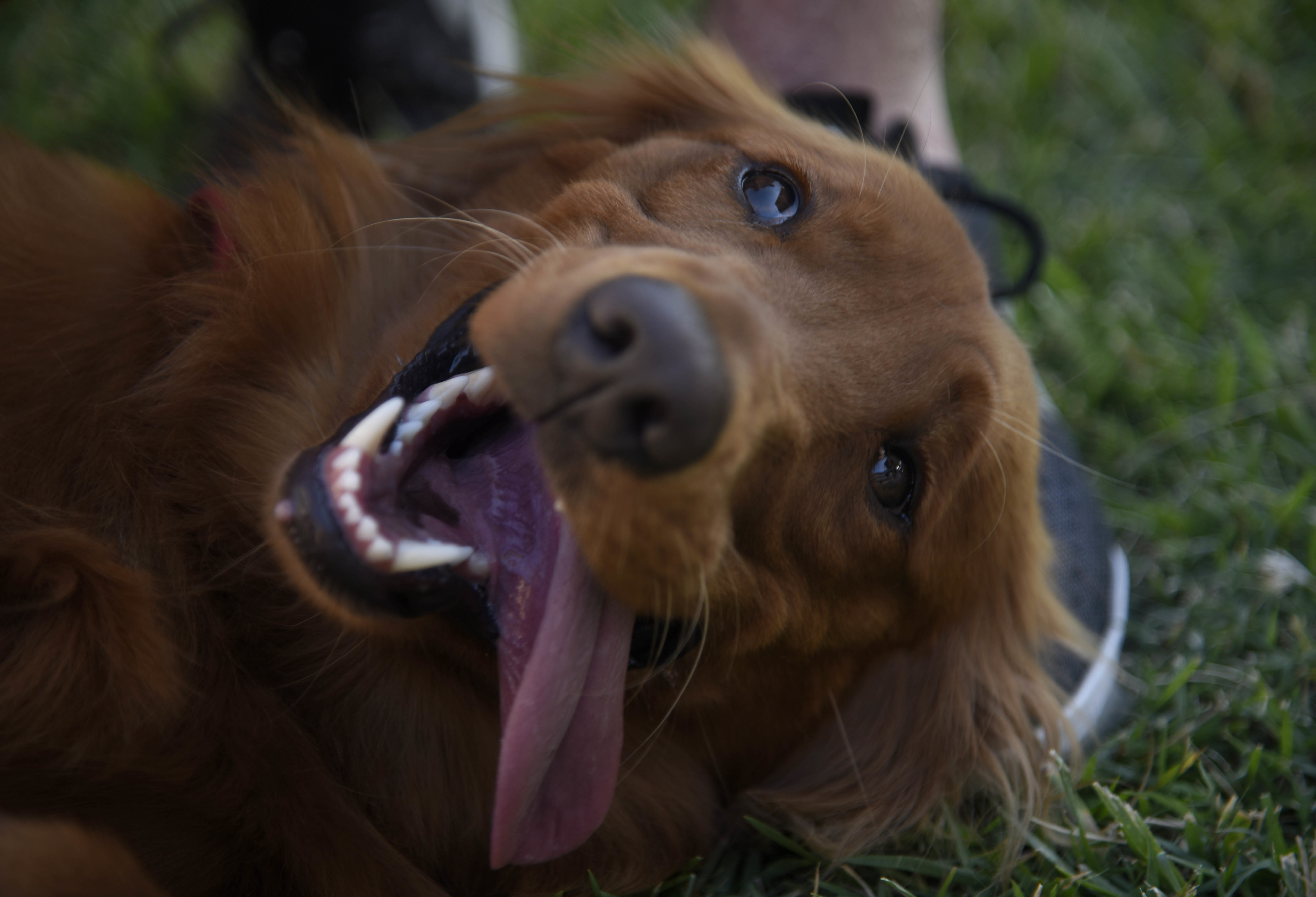Most dog breeds are dangerously inbred

- Most modern dog breeds were established in just the past 200 years through rampant inbreeding to achieve desired looks and demeanors.
- This is causing some breeds to experience serious health problems.
- On average, purebred dogs require 24.4% more non-routine vet visits than mixed-breed dogs.
The average dog breed is highly inbred, with a genotypic profile that you might expect if two siblings mated, according to research published in 2021 that was conducted by scientists at the University of California-Davis School of Veterinary Medicine. As you might have guessed, this is not at all good for pups’ health.
The researchers, led by animal geneticist Dr. Danika Bannasch, determined the level of inbreeding for 227 different breeds using Wisdom Health Genetics’ DNA testing dataset of 49,378 dogs. The results show that the “majority of dog breeds display high levels of inbreeding well above what would be considered safe for either humans or wild animal populations.”
Just 11 of the 227 analyzed breeds had an inbreeding score of 0.125 or less, equivalent to a cross between two half-siblings. The vast majority scored above 0.25, a value you would expect if two siblings or a parent and offspring reproduced.
The researchers then paired this inbreeding information with pet insurance data from the company Agria, which provided the rate of nonroutine veterinary care events per 10,000 dog-years for each breed. With these figures, Bannasch and her colleagues calculated that, on average, purebred dogs require 24.4% more nonroutine vet visits than mixed-breed dogs. These are visits for injuries, diseases, or other unexpected maladies.
Canine health: a mixed tale
Not all dog breeds are alike in terms of health, however. Tamaskan Dogs, Barbets, Australian Labradoodles, Danish-Swedish Farmdogs, Mudis, and Koolies were some of the least inbred, and they had rates of vet care comparable to mixed-breed dogs. Border Terriers, Chow Chows, Pomeranians, Samoyeds, Shiba Inus, Collies, English setters, and Siberian Huskies also maintained decent health, despite being more inbred.
Dogs with brachycephaly — a facial feature characterized by short, stubby noses which makes it difficult to breathe — were some of the most inbred and required lots of veterinary attention — 44.6% more than a mixed breed dog. Bulldogs and Pugs fall into this category.
Larger inbred breeds like Mastiffs and Rottweilers also suffered from more health problems on average, particularly owing to their immense size. Labradors and Golden Retrievers, consistently two of the most popular dog breeds in the U.S. (if not the world), also were highly inbred and needed more vet care than average. Retrievers commonly fall victim to painful hip issues and are stricken with cancer at disturbingly high rates.
Make no mistake, humans are to blame for our furry friends’ genetic infirmities. Most modern dog breeds were established in just the past 200 years through rampant inbreeding to achieve desired looks and demeanors. In this vain pursuit, dogs’ health regularly fell by the wayside.
“Careful management of breeding populations to avoid additional loss of existing genetic diversity, through breeder education and monitoring of inbreeding levels enabled by direct genotyping technologies, is essential,” the researchers urge. “In the few breeds with low inbreeding levels, every effort should be made to maintain the genetic diversity that is present.”
Prospective pet owners also have a say in this matter. They can choose to adopt healthier breeds or seek out mutts from their local shelters and dog rescue agencies.





